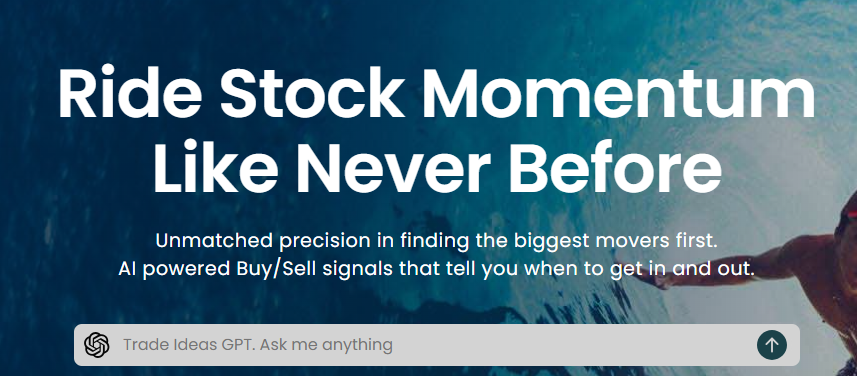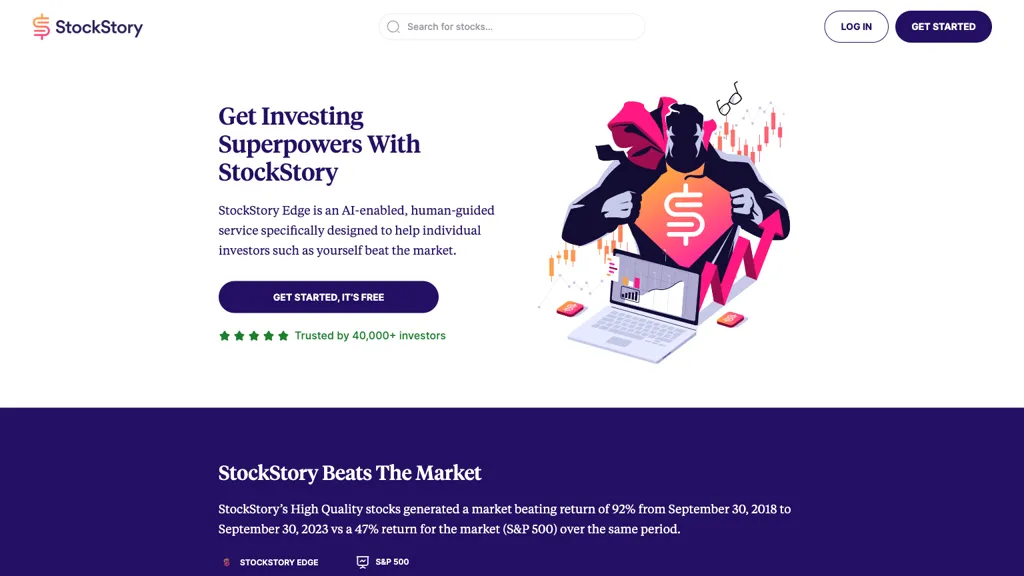20 Top Facts For Choosing AI Stock Prediction Websites
Top 10 Tips When Evaluating Ai And Machine Learning Models On Ai Trading PlatformsThe AI and machine (ML) model utilized by the stock trading platforms and prediction platforms should be evaluated to ensure that the data they offer are reliable trustworthy, useful, and applicable. Overhyped or poorly designed models could lead to inaccurate predictions and even financial loss. Here are 10 of the most effective strategies to help you assess the AI/ML model of these platforms.
1. Learn the purpose and approach of this model
Clarity of purpose: Determine whether this model is designed for short-term trading or long-term investment or sentiment analysis, risk management etc.
Algorithm transparency: Check if the platform discloses the types of algorithms used (e.g. regression and decision trees, neural networks or reinforcement learning).
Customizability: Assess whether the model is customized to suit your particular trading strategy or risk tolerance.
2. Review Model Performance Metrics
Accuracy: Examine the model's prediction accuracy however, don't base your decision solely on this metric, as it may be inaccurate in financial markets.
Recall and precision: Determine how well the model can identify real positives (e.g. accurately predicted price moves) and minimizes false positives.
Risk-adjusted gain: See if the predictions of the model result in profitable transactions, after taking into account risk.
3. Check the model's performance by backtesting it
Historical performance: Use old data to back-test the model and determine the performance it could have had under past market conditions.
Out-of sample testing: Test the model with data it wasn't trained on in order to avoid overfitting.
Scenario-based analysis: This involves testing the accuracy of the model under different market conditions.
4. Be sure to check for any overfitting
Overfitting Signs: Look out for models that perform extremely well when they are trained, but not so with data that is not trained.
Regularization Techniques: Look to determine if your system uses techniques like regularization of L1/L2 or dropout in order prevent overfitting.
Cross-validation. The platform must perform cross-validation to assess the generalizability of the model.
5. Review Feature Engineering
Relevant features - Make sure that the model is using relevant features, like price, volume or technical indicators. Also, verify sentiment data and macroeconomic factors.
Select features that you like: Choose only those features which have statistical significance. Avoid redundant or irrelevant data.
Dynamic feature updates: Determine whether the model is able to adapt to the latest characteristics or market conditions over time.
6. Evaluate Model Explainability
Interpretability: Make sure the model gives clear explanations of its predictions (e.g. SHAP values, the importance of the features).
Black-box Models: Be wary when platforms use complex models that do not have explanation tools (e.g. Deep Neural Networks).
User-friendly insights: Find out whether the platform provides actionable insights to traders in a way that they understand.
7. Review the Model Adaptability
Changes in the market. Check if the model can adjust to changes in the market (e.g. an upcoming regulations, an economic shift, or a black swan phenomenon).
Continuous learning: Make sure that the model is updated frequently with new data in order to increase performance.
Feedback loops - Make sure that the platform is able to incorporate real-world feedback as well as user feedback to enhance the model.
8. Be sure to look for Bias and fairness
Data bias: Make sure that the information provided in the training program is real and not biased (e.g. an bias towards certain sectors or times of time).
Model bias: Find out whether the platform is actively monitoring and reduces biases in the predictions of the model.
Fairness: Ensure that the model doesn't unfairly favor or disadvantage certain stocks, sectors or trading styles.
9. Evaluate the effectiveness of Computational
Speed: Check whether the model produces predictions in real-time with minimal latency.
Scalability: Check whether the platform can manage multiple users and large databases without affecting performance.
Resource usage: Make sure that the model is optimized to make the most efficient utilization of computational resources (e.g. GPU/TPU usage).
Review Transparency and Accountability
Model documentation: Ensure that the platform is able to provide detailed documentation on the model's architecture, training process, and its limitations.
Third-party validation: Determine whether the model has been independently validated or audited by an outside party.
Make sure whether the system is outfitted with mechanisms to detect models that are not functioning correctly or fail to function.
Bonus Tips:
User reviews and case studies Review feedback from users to gain a better understanding of how the model performs in real world situations.
Trial period - Try the demo or trial for free to test the model and its predictions.
Customer support - Make sure that the platform is able to provide robust support to help you resolve technical or model related issues.
These tips will help you examine the AI and machine learning models employed by platforms for stock prediction to make sure they are reliable, transparent and in line with your objectives in trading. Check out the top rated source for AI stock trading bot free for site advice including best AI stock trading bot free, AI stock trading app, AI stock picker, ai investment platform, best AI stock trading bot free, ai investment app, ai for investment, market ai, ai for investing, trading ai and more.

Top 10 Suggestions For Evaluating The Trial And Flexibility Ai Stock Predicting/Analyzing Platforms
It is essential to look at the trial and flexibility features of AI-driven stock prediction and trading platforms before you commit to a subscription. These are the top 10 ways to evaluate these aspects:
1. You can try a no-cost trial.
TIP: Check the platform's free trial that you can use to experience the features.
Free trial: This lets you to test the platform with no financial risk.
2. The Trial Period and the Limitations
TIP: Make sure to check the length and restrictions of the trial (e.g. limitations on features or data access).
The reason: Knowing the limitations of a trial can help you determine if the assessment is thorough.
3. No-Credit-Card Trials
Find trials that do not require you to enter your credit card details prior to the trial.
What's the reason? It reduces the risk of the risk of unexpected costs and makes it easier to opt out.
4. Flexible Subscription Plans
Tip: Check if there are clear pricing tiers and Flexible subscription plans.
The reason: Flexible plans give you the option to select a level of commitment that is suited to your budget and needs.
5. Customizable Features
See if you can customize features like alerts or risk levels.
Why: Customization adapts the platform to your trading objectives.
6. Easy Cancellation
Tip: Determine how simple it is to cancel, downgrade or upgrade a subscription.
Why? A simple cancellation procedure allows you to not be locked into a service which isn't working for you.
7. Money-Back Guarantee
Tip: Search for platforms with a guarantee for refunds within a specified time.
The reason: You get an extra safety net if you don't love the platform.
8. All Features Available During Trial
Tip: Ensure the trial provides access to all the core features and not just a limited version.
You can make a more informed choice by evaluating the whole capabilities.
9. Support for Customers During Trial
Visit the customer support throughout the trial time.
Why? A reliable customer service can help you solve problems and enhance your trial experience.
10. Post-Trial Feedback Mechanism
Make sure to check whether feedback is requested during the trial in an effort to improve the service.
What's the reason? A platform that relies on user feedback is bound to develop more quickly and better cater to the demands of its users.
Bonus Tip Optional Scalability
If your trading grows your trading, the platform must have higher-tiered options or plans.
Before you make any financial commitment take the time to review these trial and flexibility options to decide if AI stock prediction and trading platforms are the best fit for you. Check out the best AI stock price prediction for website advice including stock trading ai, can ai predict stock market, ai copyright signals, how to use ai for copyright trading, stocks ai, AI stock investing, AI stock trader, free AI stock picker, ai options trading, best AI stocks to buy now and more.
